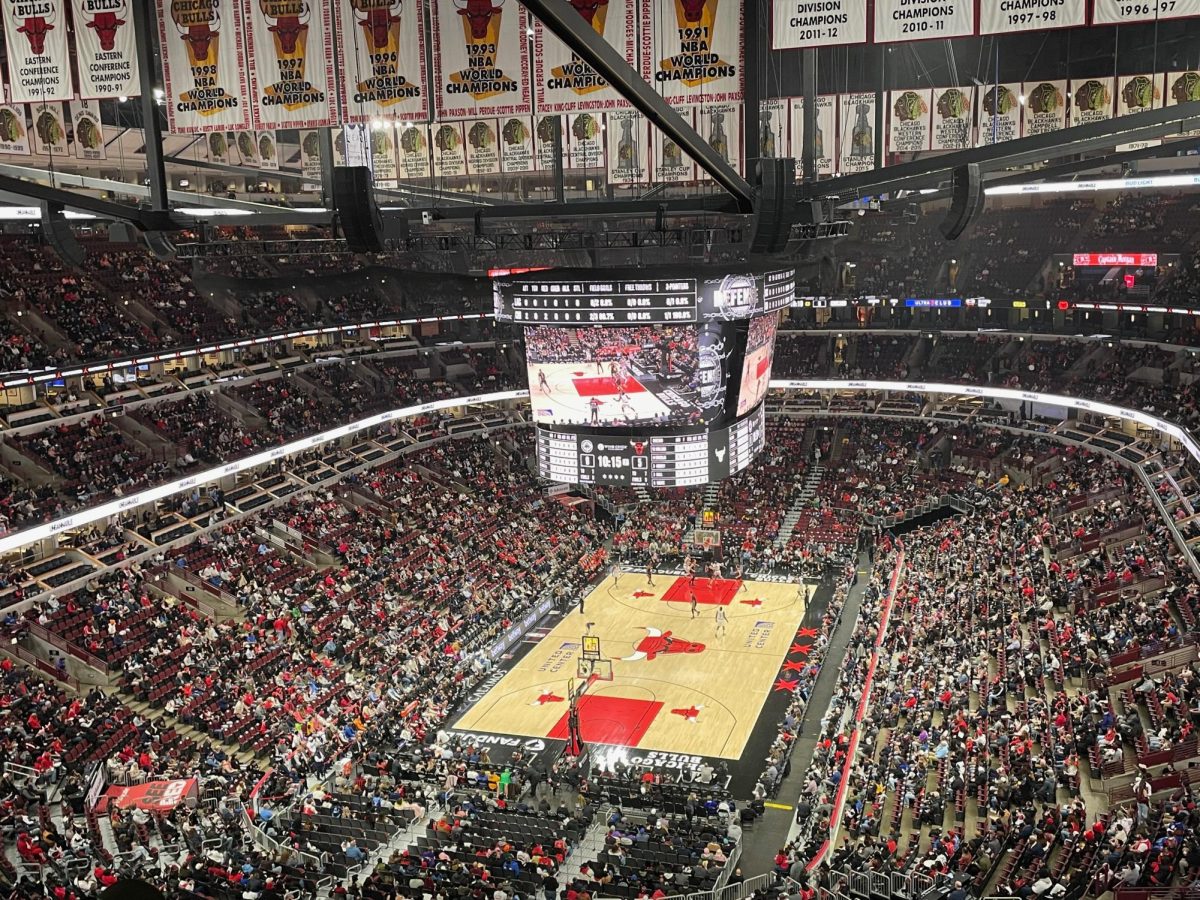When second-year Rohit Naimpally came to the U of C last fall, he was disappointed to find that his beloved sport was dead on campus.
“I wandered around the hallways with my cricket bat,” he said.
So Naimpally decided that, come second year, he would revitalize the cricket community on campus and bring the sport that he had played since childhood in India to Hyde Park.
On a hot, muggy Wednesday in May, cricket seemed to be alive and swinging as about 16 players—some newbies, some with over 15 years of experience—took their positions on the Midway skating rink.
The players aren’t organized into any kind of team, nor do they really have a set practice time. Naimpally will simply send an e-mail to the cricket listhost, announcing practice a few hours in advance. The roundup call goes out almost every Friday and even more often when the weather warms.
Part of the game’s appeal for both Naimpally and first-year Shoaib Neveed is that, although it used to be strictly aristocratic, carrying the stench of colonialism, cricket is now an everyman sport.
“Cricket had the same sort of elitist sting in Britain, Australia, South Africa. But these days, it’s literally the game of the masses,” Neveed said.
Back home in Naimpally’s India and Neveed’s Pakistan, children play in narrow lanes in a form of the game called gully cricket.
“Gully cricket is probably the coolest way to play because it’s minimal rules, minimal interference,” said third-year Apratim Sahay.
The Hyde Park pitch (the cricket form of a baseball diamond) gets set up on the Midway skating rink, in a room in Henry Crown, or on the Bartlett Quad though the players have gotten in trouble here for accidentally hitting passersby.
Sticking with the rookie style of cricket, the players stay away from the hard, leather-bound ball used by the professionals. To avoid piling on protective padding, they wrap a tennis ball in electrical tape. This quarter, they’ve gone through 10 rolls of electrical tape and at least 20 tennis balls.
Another part of the fun for the cricket players is watching the professional games on television. They’ll often gather in groups—even if that means staying up all night to watch the game live.
“Rohit is really committed because he had to get up at 12 or 1 [a.m.]…. I’d get there at 6 or 7 [a.m.], and this idiot would still be watching,” Sahay said. “Watching cricket becomes a really fun affair. Every second, you have someone grabbing at someone’s throat.”
When Naimpally caught a cricket match on television with a guy from his house, the newcomer—more familiar with baseball—kept referring to bases and strikes. Despite the difference in sports language, the two could still appreciate the game.
“I didn’t understand what he was saying, he didn’t understand what I was saying. But we were just happy, I guess,” Naimpally said.
The majority of the cricket enthusiasts on campus are either Pakistani or Indian, meaning that professional cricket matches turn into shows of patriotism for the U of C fans. But Neveed doesn’t want cricket fans to be exclusively from the subcontinent.
“My goal is to get as many foreigners to play as possible,” Neveed said. And by foreigners, he means anyone not from India or Pakistan, of course.
At the moment, the group comprises players of all skill levels. Fourth-year Sid Bhammar received formal training in the game back home in India and has been playing since he was six years old. In fact, he was recruited by superstar Dilip Vengsarker, who played on the national cricket team, to play at a formal academy. Then there’s first-year Andrew Lewis, a newcomer to the sport. At the Wednesday pick-up game, Neveed gave him some pointers on the pitch.
“Andrew, try to tuck your ass in so it doesn’t hit you,” he said.
As his friends laughed off the suggestion, Neveed defended himself by demonstrating the appropriate position.
Catching on pretty quickly, Lewis is already having his first on day and impressing his more experienced teammates.
“He’s played with us three or four times, but he’s always gotten out after the first ball. But this is the first time he’s really connecting with the ball,” said Sahay.
“All those practice sessions in Salisbury Hall paid off,” Neveed said, watching proudly.
Salisbury Resident Head Rusty Loyd is all too familiar with his resident’s practice habits. When they can’t take the game outside, Neveed and others will play in the hallways of Salisbury, using tape balls and whatever they can find for bats. But their devotion to the game has peaked Lyod’s interest and won over one more cricket fan.
“[Neveed] watches it in the lounge all the time, so I watched it with him and learned the rules,” Lyod said.








